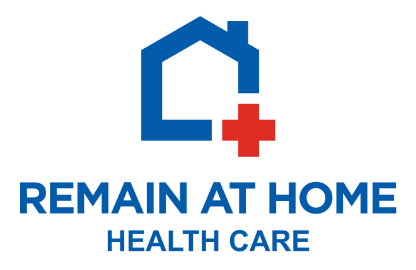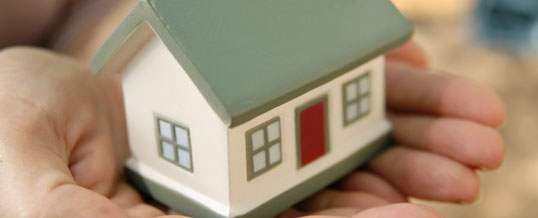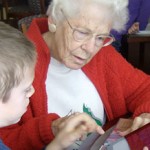My kids, and I’m guessing scores of other fans of the seriously silly, slapstick hit movie from 1990, will appreciate this stat: More than 30 million people in America today are “home alone.” Many of these are seniors. The U.S. Census Bureau reports that just three years ago, 25 percent of men age 75 and older lived alone and 49 percent of women 75 and older lived alone.
For many seniors, living on their own represents independence, something they guard fiercely. But there can be health and safety challenges to living alone that seniors should be aware of to keep themselves safe and comfortable.

Brian Carrigan
Founder & Co-Manager
According to the U.S. National Institute on Aging (NIA), each year more than 1.6 million seniors are treated for fall-related injuries. Unfortunately, I’ve seen this with clients. To avoid some of the most common reasons for falls, use non-skid mats in bathrooms and kitchens, install a second handrail so there are railings on both sides of the stairs, and keep homes brightly lit.
Seniors should also have a plan in place in case a fall does occur: Use a Medical Alert system, make sure to know your neighbors (and share information about entering your house in the event of an emergency) and consider developing a check-in system with a friend or loved one who can contact you on a daily basis to ensure you’re okay.
Eating well is another major concern for seniors living alone. Poor nutrition – and even malnutrition – occurs within an estimated 15-50% of seniors. This may be due to something as simple as the “dulling” of taste buds as we age or can be a side effect of medication, poor dental health, a lack of transportation, forgetfulness and/or depression.
Suggestions for sparking a senior’s appetite include enhancing aromas and flavors of food, turning daily meals into social events, consistent dental care, encouraging healthy snacking and, of course, ensuring there’s plenty of food in the house. Keeping the freezer and pantry stocked with prepared meals and extra canned goods, paper products and bottled water can be especially important during times of unplanned hardship, power outages, or natural disaster.
Perhaps the biggest health issue for seniors “home alone” is maintaining their mental health. Regular family visits and activities go a long way in sustaining a sense of connection and well-being. Even better, seniors themselves can “plug into” community resources that promote physical and social activity. Organizations such as local councils on aging, church groups, and community health centers are a great place to start looking for ways to stay healthy and involved.
My kids would definitely contend that being home alone has many perks and very little downside. And with a little attention to safety, diet, and an active social calendar, this should be true for seniors who can thrive while living independently.




